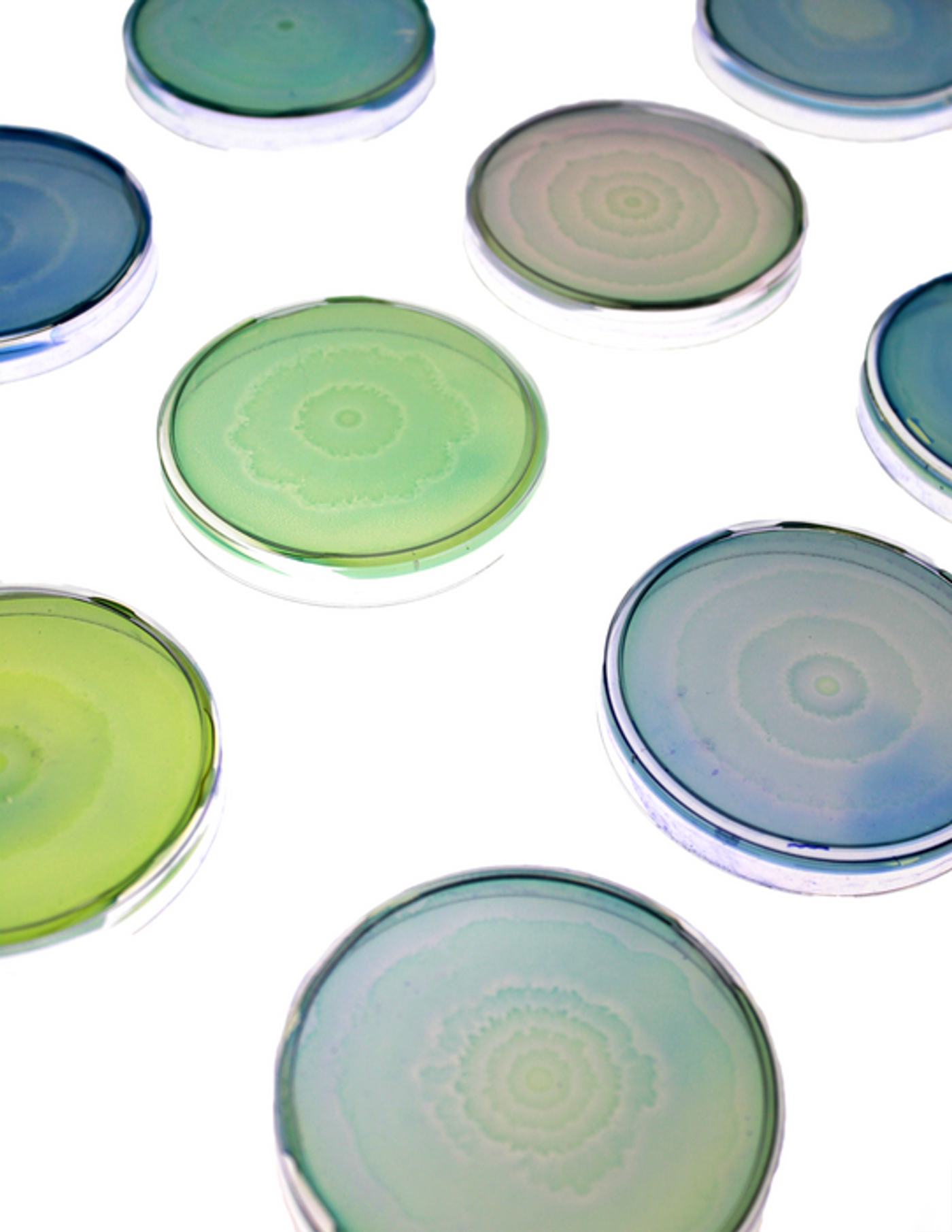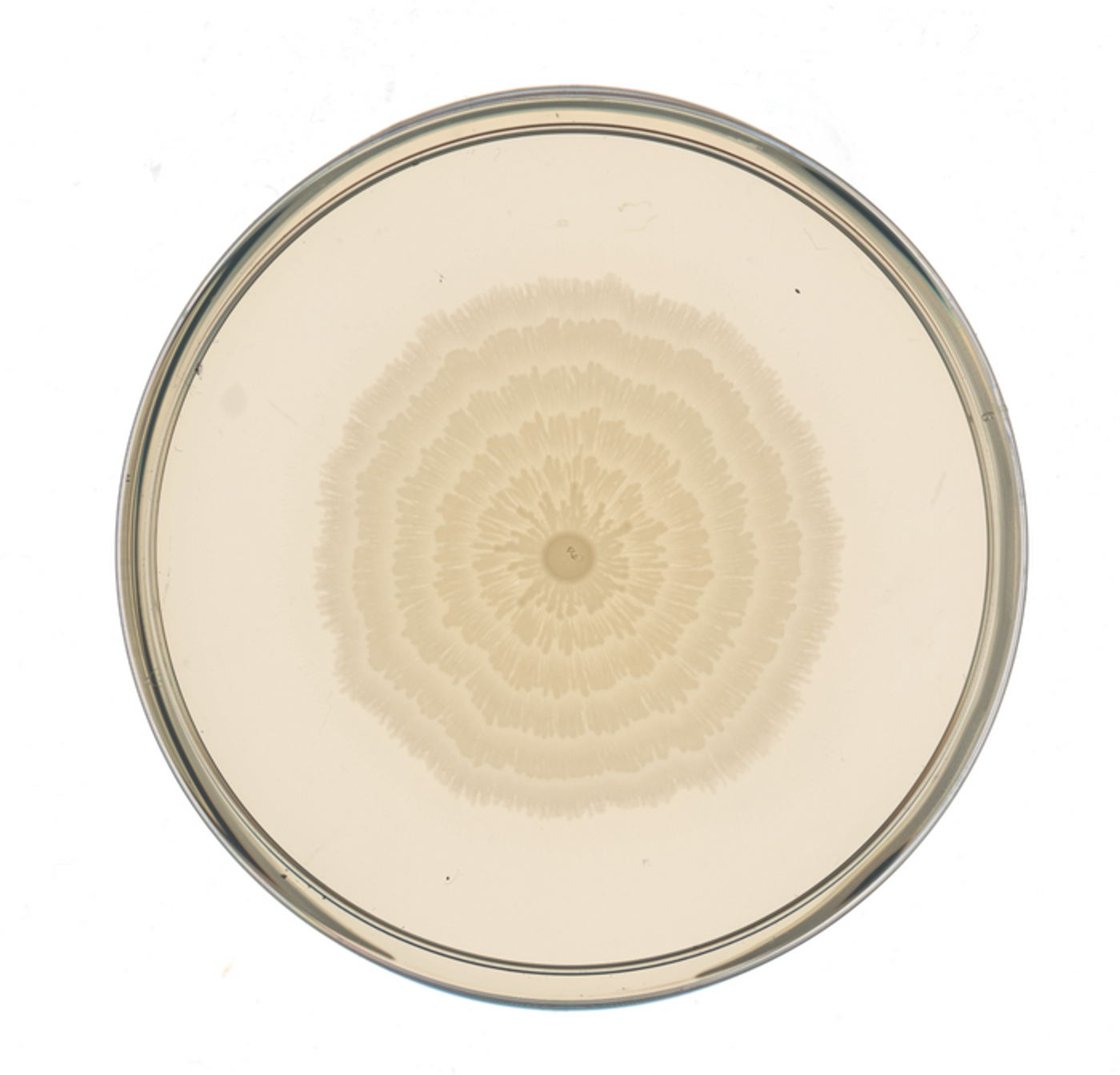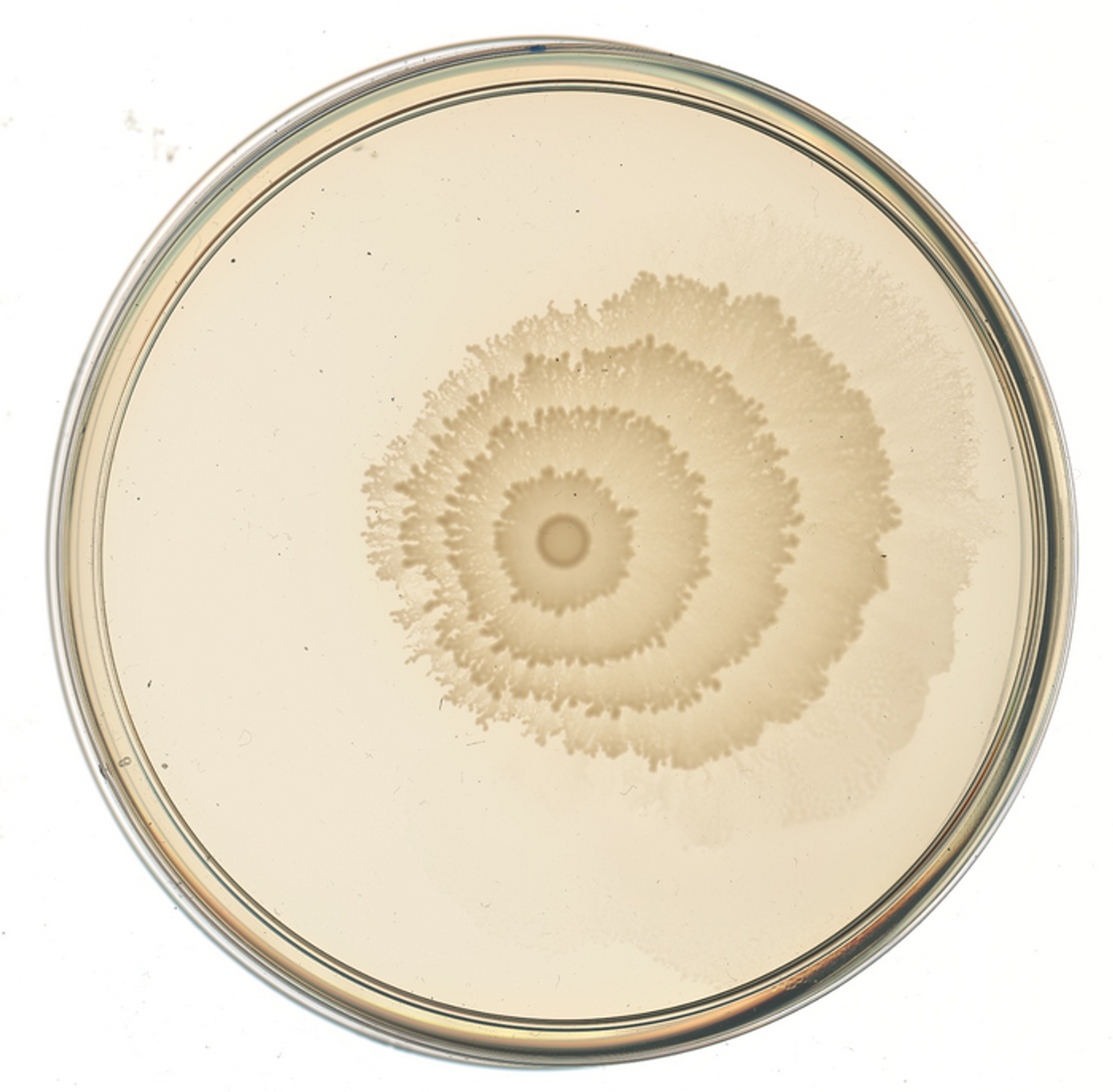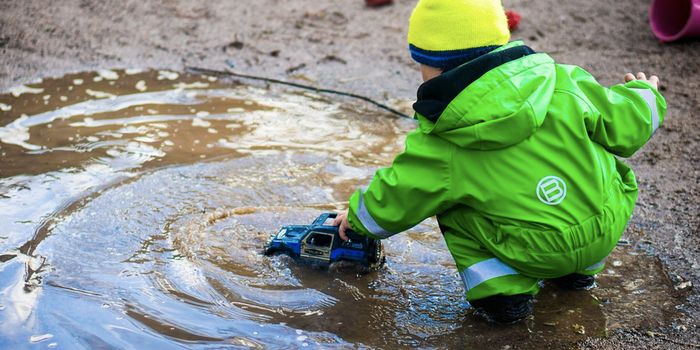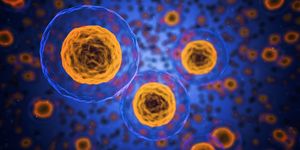Using Artificial Intelligence and Engineered Bacteria to Potentially Monitor Pollution
Can bacteria be engineered to monitor the environment and other applications? This is what a recent study published in Nature Chemical Biology hopes to answer as a team of researchers discuss how a combination of artificial intelligence (AI) and engineered bacteria can be used to monitor the environment, specifically pertaining to pollution levels and construction of living materials. This study holds the potential to use behavior patterns of living bacteria to create synthetic bacteria that will have a positive impact on the environment.
One such bacteria species is Proteus mirabilis (P. mirabilis), which is frequently located in water and soil and sometimes the human gut capable of self-organizing into bullseye-like patterns on solid surfaces that are visible to the naked eye, making them easy to work with without the need for special visualization equipment. The research team has significant experience developing synthetic biology for manipulating bacteria and have expressed interest in using P. mirabilis as a recording mechanism like tree rings and AI to decipher specific engineering patterns, as well.
Lab petri dishes featuring patterns of native and engineered Proteus mirabilis (P. mirabilis) which are color-stained for the lab's bacterial art. (Credit: Soonhee Moon, Danino Lab/Columbia Engineering)
“This seemed to us to be an untapped opportunity to create a natural recording system for specific cues,” said Dr. Tal Danino, who is an associate professor in the Department of Biomedical Engineering at Columbia University, a member of Columbia’s Data Science Institute (DSI), and a co-author on the study.
For the study, the researchers added what are known as “genetic circuits” to the P. mirabilis and were able to control the bacteria’s behavior resulting in manipulating the bacteria’s output patterns. The researchers then used AI to decipher the surrounding environment from the designated output pattern to determine factors such as how many times the temperature changed as the colony expanded or the sugar concentration levels in a specific sample.
Image of one of the engineered P. mirabilis strains, dubbed the “pLac-lrp” strain. (Credit: Danino Lab/Columbia Engineering)
Image of the engineered copper-sensing strain. (Credit: Danino Lab/Columbia Engineering)
“Our goal is to develop this system as a low-cost detection and recording system for conditions such as pollutants and toxic compounds in the environment,” said Dr. Anjali Doshi, who recently graduated from Dr. Danino’s lab, and is lead author on the study. “To our knowledge, this work is the first study where a naturally pattern-forming bacterial species has been engineered by synthetic biologists to modify its native swarming ability and function as a sensor.”
Potential applications for this technology include constructing living materials of larger sizes and contributing to various aspects of the field of biotechnology other than developing sensors.
For next research steps, the team plans to engineer the bacteria to identify and detect a broader range of pollution levels and environmental toxins, as well.
Along with the potential for positive environmental impacts, other synthetic biology applications also include cancer research, drug design research, biofuel production, enzyme manufacturing, farming, animal health, and specialty foods.
What new discoveries will researchers make about synthetic biology in the coming years and decades, and will it make a positive impact on the environment? Only time will tell, and this is why we science!
Sources: Nature Chemical Biology, Science Direct, U.S. Government Accountability Office, EurekAlert!, Nature Portfolio, Integrated DNA Technologies
As always, keep doing science & keep looking up!
